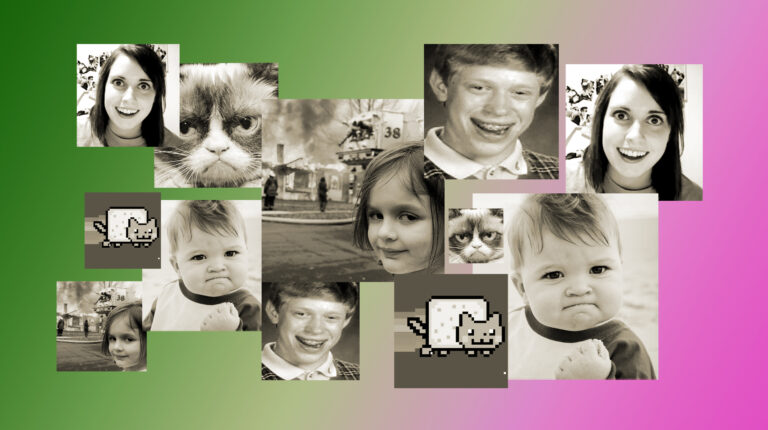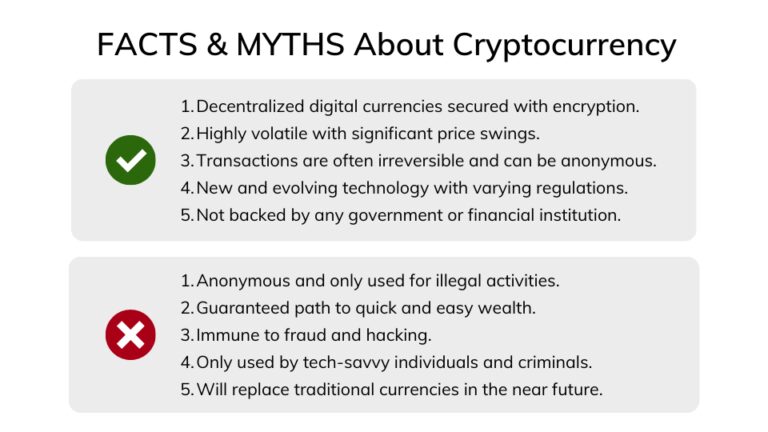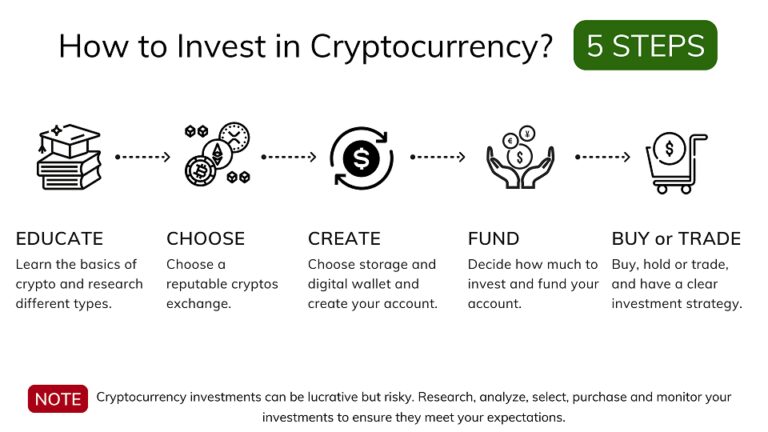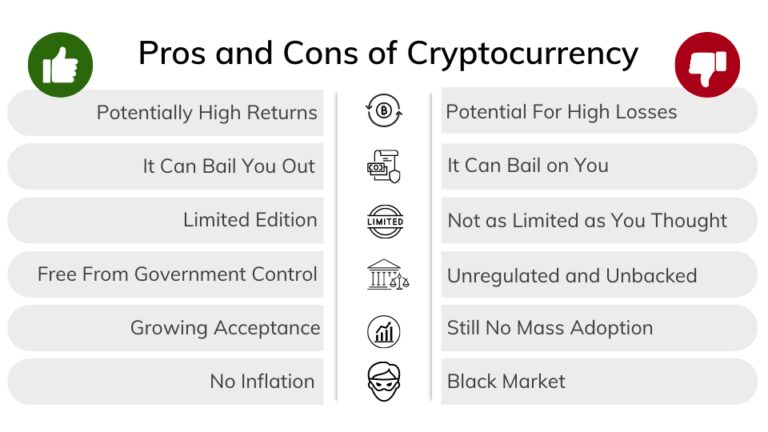Dive into the fascinating world of NFTs, where memes are no longer just a source of amusement, but a goldmine. This article will guide you through the booming market of these valuable digital assets, shedding light on their rise and the future they hold for digital art. Get ready to uncover how internet humor can translate into millions!

Non-Fungible Tokens (NFTs) have taken the digital world by storm. Unlike cryptocurrencies such as Bitcoin or Ethereum, which are fungible and can be exchanged on a like-for-like basis, NFTs are unique digital assets. They can’t be replaced with something else; they’re one-of-a-kind. This uniqueness is what makes them a perfect fit for digital art, collectibles, and, yes, memes.
Meme culture, characterized by humorous and often satirical content, has thrived in the vast realm of the internet. Memes, once seen as momentary internet jokes or trends, have since evolved into a critical part of online communication and expression. The connection between NFTs and memes is symbiotic. Memes, with their powerful viral potential, elevate the visibility and popularity of NFTs, while NFTs provide a platform for monetizing these digital phenomena.
Each NFT is a digital asset stored on a blockchain–a digital ledger used in cryptocurrencies. The blockchain certifies the authenticity and ownership of the NFT, ensuring that each token is original and cannot be replicated. This uniqueness and the ability to verify ownership are what make NFTs valuable.
The process of creating (or ‘minting’) NFTs involves uploading the digital content to an NFT marketplace and converting it into a digital token within the blockchain. Once minted, the NFT can be bought, sold, or held as a digital collectible.
NFTs are more than just a digital trend; they are a disruptive force in the digital world. By providing a platform for creating, buying, and selling digital assets, NFTs are revolutionizing digital ownership, creativity, and commerce. They have created a booming economy where digital arts, virtual real estates, and even tweets can warrant high value.
The importance of NFTs extends beyond the art world, providing opportunities for creators, investors, and collectors in various sectors. From the music industry to virtual gaming, the potential for NFTs is vast and largely unexplored. To learn more about how NFTs have disrupted the digital space, check out the article NFTs: A Disruptive Force in the Digital World.
Non-fungible tokens (NFTs) have dramatically evolved from simple, digital collectibles into high-value digital assets. With this transformation, they have significantly disrupted the digital world and forever changed how we view and value digital content.
The concept of NFTs started as a way to create unique, digital items. The first NFT-like project was Colored Coins, an idea proposed in 2012 that aimed to create unique, digital assets on the Bitcoin blockchain. However, it wasn’t until 2017 when the term NFT really gained traction, with the launch of CryptoKitties, a blockchain game on Ethereum that allowed users to purchase, collect, breed, and sell various types of virtual cats. This marked a pivotal moment in the evolution of NFTs, as it showcased the potential of using blockchain technology to create and trade unique digital assets.
Today, NFTs have become a multi-billion dollar market, with numerous platforms and marketplaces facilitating the creation, purchase, and sale of these unique digital assets. They’re not just about digital art and collectibles anymore. From virtual real estate and digital sneakers to tweets and memes, almost anything can be tokenized and sold as an NFT.
You can find a more detailed analysis of the current market trends and the standing of NFTs in the digital world in our report on NFT Market Trends and Analysis. It’s an insightful resource that provides a snapshot of the current state of the market, including data on the most popular types of NFTs, the biggest NFT sales, and predictions for the future.
From their humble beginnings as simply digital collectibles, NFTs have evolved into valuable assets that have reshaped the digital landscape. Their growth story is a testimony to the limitless potential of blockchain technology, but what does the future hold? Only time will tell.

Memes have become an inherent part of internet culture. Originating as humorous images or catchphrases that capture a cultural phenomenon, they have evolved into a unique language of the digital age. They have the power to forge communities, influence trends, and reflect social sentiment. From Pepe the Frog to Doge, memes have transcended their original status as whimsical jokes and entered the realm of digital assets.
The process of transforming memes into non-fungible tokens (NFTs) is powered by blockchain technology. This involves tokenizing these digital artifacts on a blockchain, thereby turning them into unique, verifiable, and tradable assets. Each meme NFT has its distinct information or ‘token metadata’ that includes details about the creator, original upload date, and ownership history. This allows the original creator of a meme to officially claim their creation and profit from its popularity.
One of the remarkable aspects of NFTs is that they can break down digital content into ownership and africage rights. This means that while anyone can view or share a meme online, only the NFT owner holds a ‘certified original copy.’ This conceptually similar to owning a signed print of a famous painting. In essence, what you’re purchasing with a meme NFT is not just the meme itself, but a part of internet history.
The first example that springs to mind when discussing meme NFTs is ‘Nyan Cat.’ This GIF of a pixelated cat with a Pop-Tart body flying through space with a trail of rainbow, originally created by the artist Chris Torres, was sold as an NFT for nearly $600,000. Another influential meme NFT sale was ‘Disaster Girl,’ an image of smirk-faced little girl with a burning house in the background, which was sold for approximately $500,000.
Perhaps the most notable meme that transitioned into a high-valued NFT is ‘Doge.’ Initially, it was just a simple image of Shiba Inu dog, which later became an internet sensation and even inspired the creation of a cryptocurrency named Dogecoin. The original image was sold as an NFT for a staggering 1696.9 Ether (ETH), equivalent to over $4 million at the time of sale, setting a record for the most expensive meme NFT ever sold.
If you are intrigued by the transformation of memes into high-value NFTs and want to delve deeper into their journey, you can check out our detailed article From Memes to Millions: Valuable NFTs.

The realm of NFTs has unlocked an unexpected revenue stream for creators and collectors in the digital world. Especially intriguing is the emergence of memes as high-value NFTs. This phenomenon, though baffling to some, reflects the unique dynamics of the digital asset marketplace and the evolving definition of value in our increasingly digital world.
At face value, it might seem perplexing how a meme, typically shared and enjoyed freely, could hold immense financial value. The answer lies in the unique properties of NFTs. When a meme is tokenized as an NFT, it becomes a one-of-a-kind digital asset that can be owned, bought, and sold. The meme’s value is driven by factors such as its cultural impact, the popularity of its creator, its rarity, and demand in the crypto-art market.
By tokenizing their work, creators can monetize their memes while maintaining copyright control. Moreover, they can also program royalties into the NFT, allowing them to earn a percentage of future sales. This provides a new way for artists to reap rewards from their work, even as it spreads across the internet.
As the NFT space evolves, several meme NFTs have sold for astounding amounts, with online platforms playing a crucial role in their value appreciation. Here are some high-profile examples:
As the digital world continues to mature, the financial potential for meme NFTs looks increasingly promising. As NFTs become more mainstream, more people may recognize their value, leading to increased demand and, in turn, higher prices. Additionally, as the technology evolves, it’s likely that new ways to create, distribute, and monetize NFTs will arise, further broadening the financial possibilities for creators and collectors.
Despite the optimistic outlook, it’s essential for potential investors to do their due diligence. The NFT market can be volatile, and the value of a meme NFT can fluctuate wildly. A careful investment strategy, a clear understanding of the NFT market dynamics, and an eye for memes with potential can go a long way towards achieving financial success in this exciting new digital frontier.

Navigating the Non-Fungible Token (NFT) marketplaces can seem like a daunting task initially. However, with the right knowledge and tools, you can easily dive into this exciting digital world. This section will provide a general overview of popular NFT marketplaces and guidance on how to buy and sell NFTs on these platforms.
There are several NFT marketplaces where you can buy, sell, and explore unique digital assets. Some of these platforms include Bitsler, MyStake, Sportsbet.io, 20Bet, Rolletto, Stake, 22bet, Megapari, Fortunejack, Thunderpick, Trust Dice, Roobet, BC GAME, Roobet, and Vave. Each of these marketplaces has its unique features, benefits, and potential drawbacks hence it’s vital to research and choose one that aligns with your interests.
For a more in-depth look into reputable NFT marketplaces, you can check out our guide on Exploring Top NFT Marketplaces. This guide provides comprehensive evaluations of top platforms, their features, and how to navigate them.
Buying and selling NFTs on these marketplaces starts with setting up an account, which usually requires a digital wallet compatible with the platform. Once you’ve set up and funded your account, you can browse the marketplace for NFTs that catch your eye. When you’ve found an asset you want to purchase, the process typically involves clicking the ‘Buy’ button and confirming the transaction.
Selling NFTs, on the other hand, involves clicking the ‘Sell’ button in your account where your owned NFTs are listed. You would then set a price and any other requirements for the sale. Once a buyer decides to purchase your NFT, they’ll pay the set price, and the NFT will be transferred to their digital wallet.
When it comes to making profitable transactions in NFT marketplaces, a few key tips can be helpful.
The world of NFTs is expansive and ever-evolving, providing an exciting new frontier for digital asset trading. Navigating this landscape can be a thrilling venture as long as you are equipped with the right knowledge and tools.

